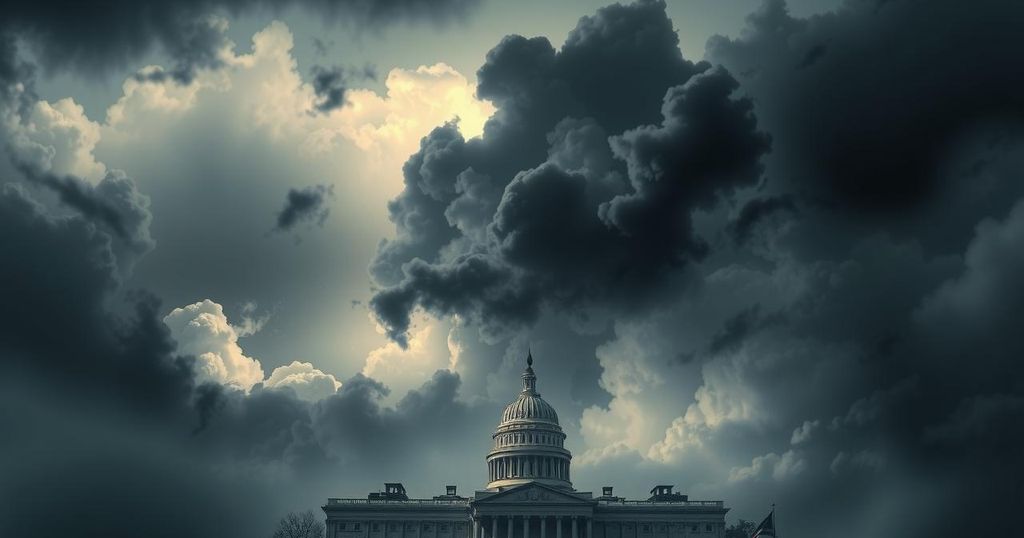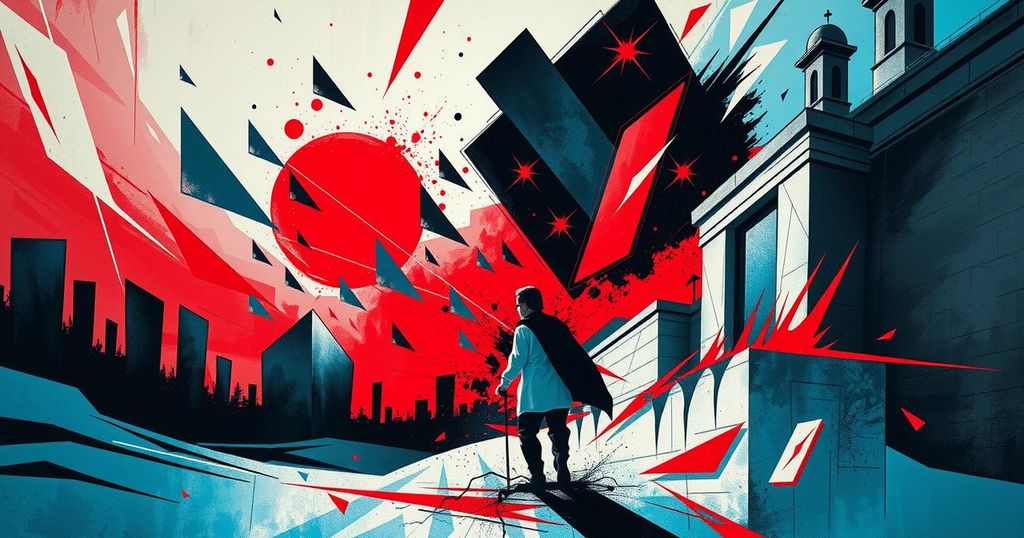Political Violence and Misinformation: A Troubling Trend Unfolds
Recent political violence has prompted a troubling trend of misinformation, particularly from conservatives. Following the shooting of Minnesota lawmakers, many right-leaning figures quickly latched onto unfounded claims linking the assailant to Democratic ideals. Despite clear evidence suggesting otherwise, the rush to politicize tragedies raises concerns about how political narratives overshadow facts in today’s discourse.
The ugly nature of current political discourse in the U.S. is exemplified by reactions to violent incidents, particularly the 2022 hammer attack on Nancy Pelosi’s husband, Paul. In the aftermath of the brutal assault, misinformation thrived, fueled not only by right-wing influencers but also notable figures like former President Donald Trump and Elon Musk. Theories suggested this was a “false flag” event, compounded by insinuations about a supposed gay lover’s quarrel, despite the clear evidence disproving these claims. Even Musk offered a brief apology, yet this episode did little to dissipate similar instances that followed.
Fast forward to recent events in Minnesota, where two Democratic lawmakers were shot. State Rep. Melissa Hortman and her husband were tragically killed, while state Sen. John Hoffman and his wife are currently recovering. As investigators work to determine a motive, Democratic Minnesota Governor Tim Walz has swiftly described the shooting as a politically motivated act. The alleged assailant, Vance Boelter, had a list of nearly 70 targets, primarily Democrats or individuals associated with Planned Parenthood or abortion rights. Friends say Boelter, a conservative, had ties to Trump and staunchly opposed abortion.
Even though there’s still much to uncover about the shooting, the rush to politicize the tragedy was immediate. Some conservative voices have attempted to connect Boelter to Democrats, noting he was appointed to a state board by Walz years before. The New York Post labeled him a “former appointee” as if that alone indicates a deeper political affiliation. Others linked Hortman’s recent legislative actions, particularly regarding undocumented individuals’ healthcare eligibility, as potential motivations for the attack. However, it’s crucial to make clear that Hoffman, another victim, didn’t participate in that initiative.
There were also dubious claims that flyers from an anti-Trump protest were found in Boelter’s car, attempting to paint him as an angry leftist supporter. Despite the lack of solid evidence supporting these claims, they were promoted by influential conservatives, some going as far as suggesting that Walz was involved in the attack. Mike Cernovich, a right-wing commentator, outright questioned Walz’s involvement, asking if the governor orchestrated the shooting to send a message.
Even amidst baseless claims from the right, some Democratic leaders like Senator Chris Murphy were quick to make their own associations. Murphy suggested the shooter was a “hate-filled right winger,” emphasizing the need to confront the rhetoric that fuels political violence. While there’s arguably more evidence supporting his perspective, we must remember the precarious nature of quick conclusions in situations like these.
What remains evident is that many conservative politicians and influencers are not waiting for definitive facts before suggesting their narratives. Instead of viewing these tragedies through a lens of caution, they propose firm conclusions based often on scant evidence. This pattern mirrors past instances of political violence, such as after the January 6 Capitol riot, where right-wing individuals spread unfounded theories blaming the left for inciting violence.
Even high-profile cases like the assassination attempt on Trump last year were immediately politicized, despite an unclear picture of the assailant’s motives. Many want to find political answers and, unfortunately, some on the right are willing to harness misinformation for engagement and their agendas. This behavior obscures the truth and raises troubling ethical concerns about political discourse in this landscape.
Further complicating matters, public perception appears to be shifting toward political interpretations of these violent acts. Surveys indicate that people once attributed political violence to individual mental health issues, but that view is diminishing over time. As political affiliation increasingly colors public perception of violence, both sides feel an urgency to influence narratives, regardless of their accuracy. Ultimately, the tendency to rush to judgment may only serve to fuel further division in an already polarized society.
In summary, the recent spate of political violence has ignited an alarming trend of misinformation and hasty conclusions, particularly among prominent figures on the right. The case of the Minnesota shooter illustrates how political narratives can distort genuine tragedy, often without substantial evidence. As both parties seek to exploit these events for political gain, the risk of further polarization looms large, stressing the need for careful consideration before jumping to conclusions in an increasingly divided landscape.
Original Source: www.cnn.com




Post Comment